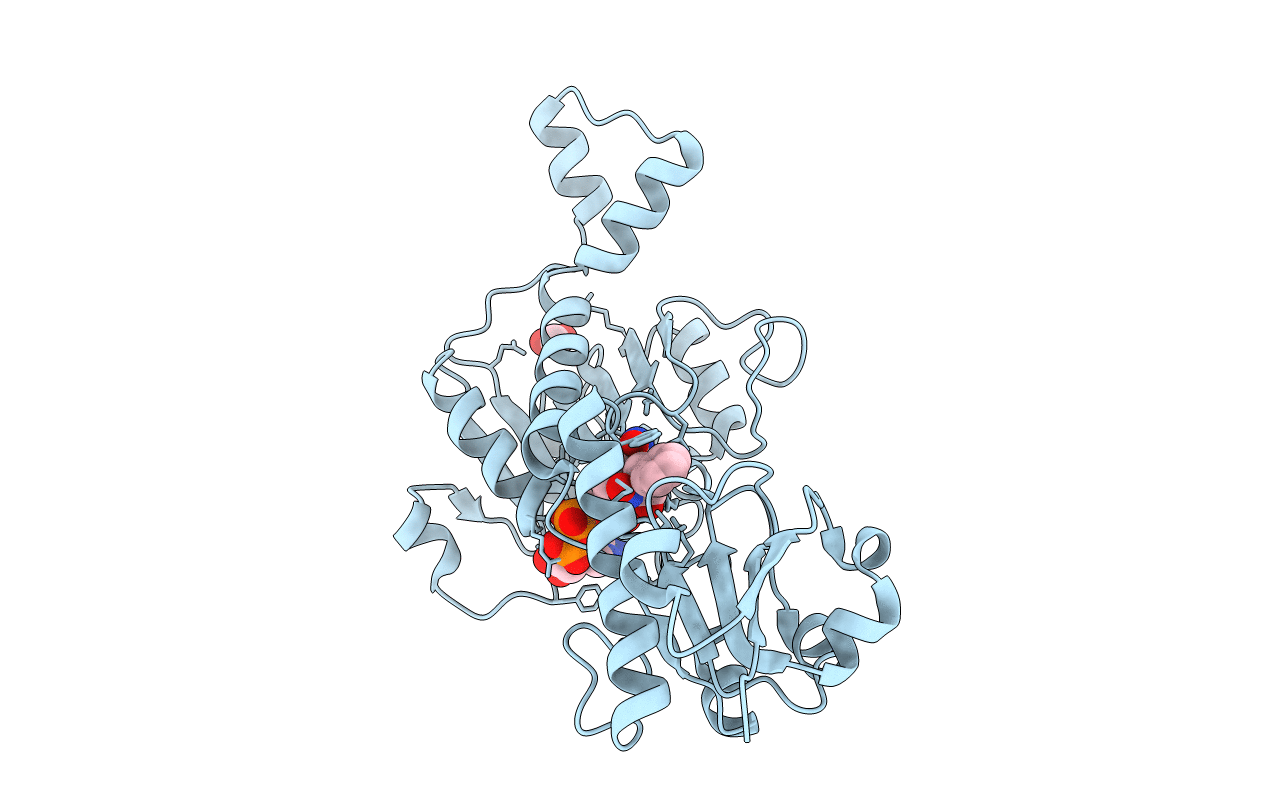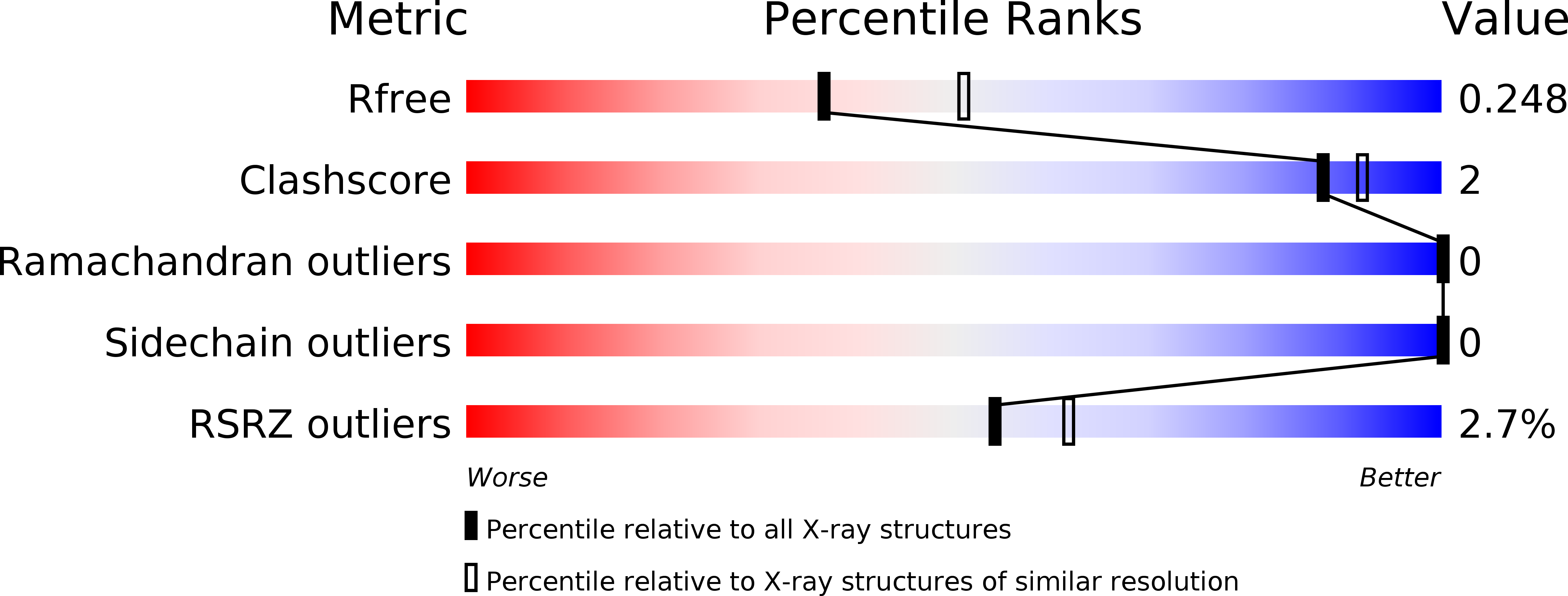
Deposition Date
2014-07-29
Release Date
2015-02-11
Last Version Date
2023-09-27
Entry Detail
PDB ID:
4U6Q
Keywords:
Title:
CtBP1 bound to inhibitor 2-(hydroxyimino)-3-phenylpropanoic acid
Biological Source:
Source Organism:
Homo sapiens (Taxon ID: 9606)
Host Organism:
Method Details:
Experimental Method:
Resolution:
2.30 Å
R-Value Free:
0.24
R-Value Work:
0.20
R-Value Observed:
0.20
Space Group:
P 64 2 2


